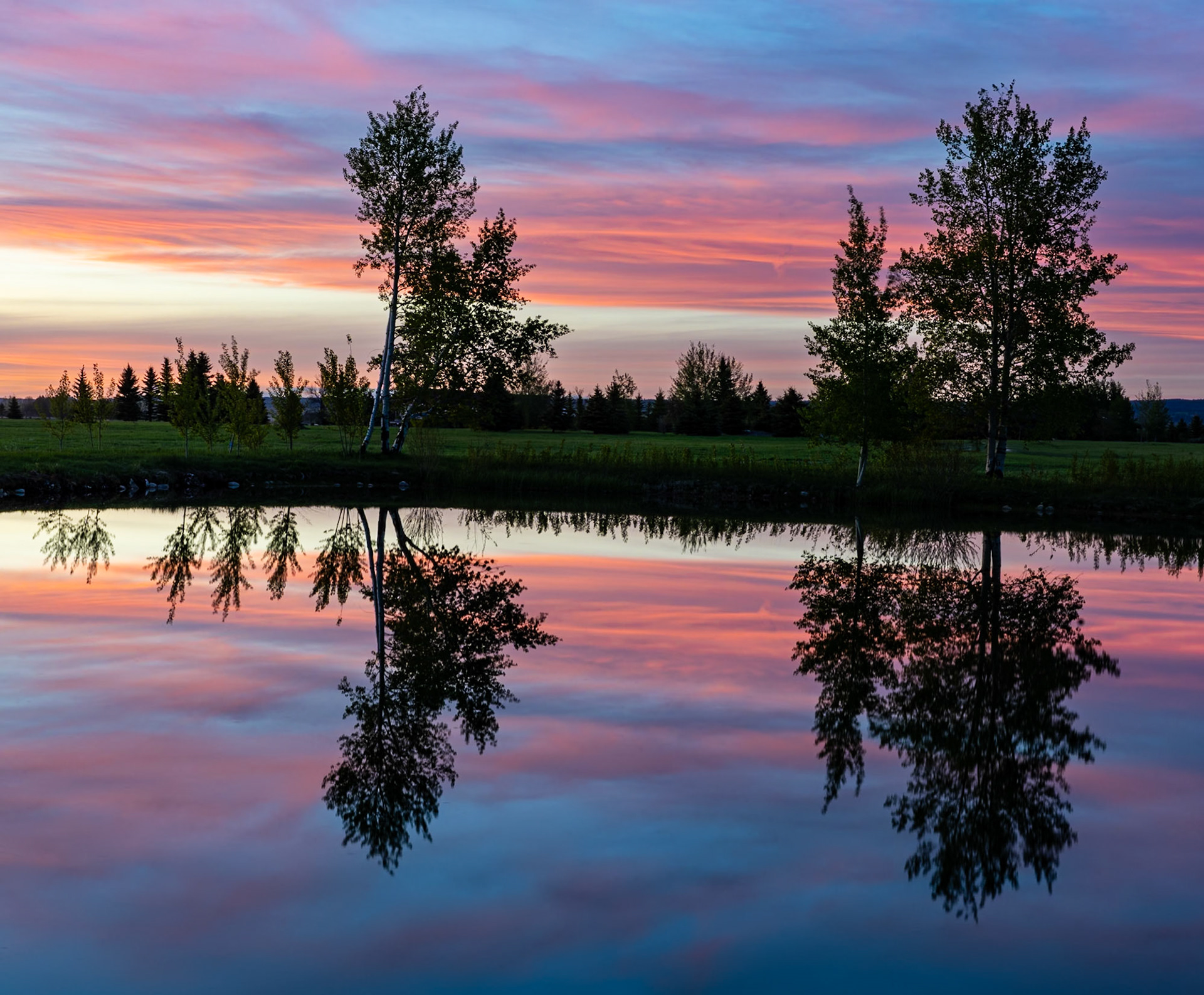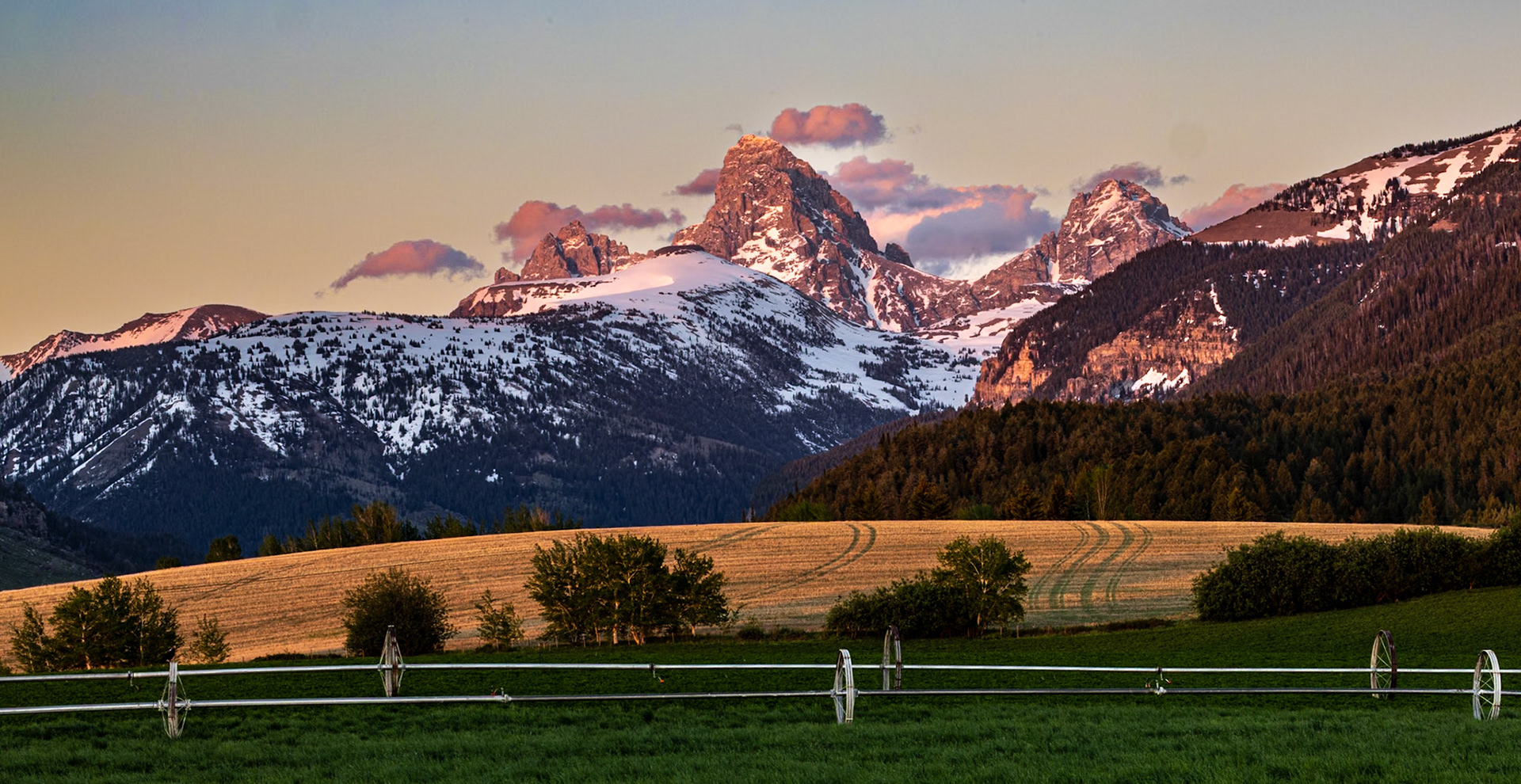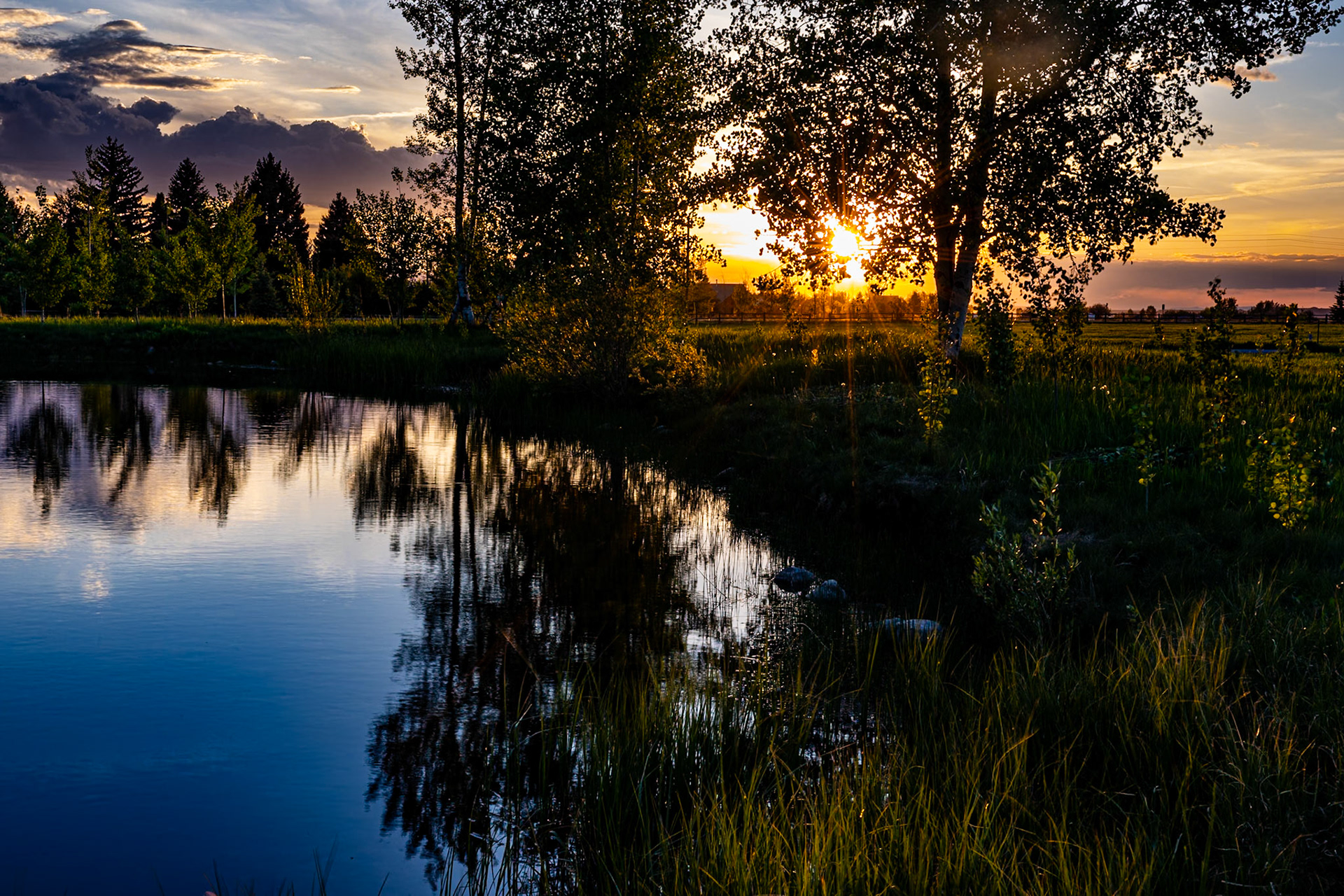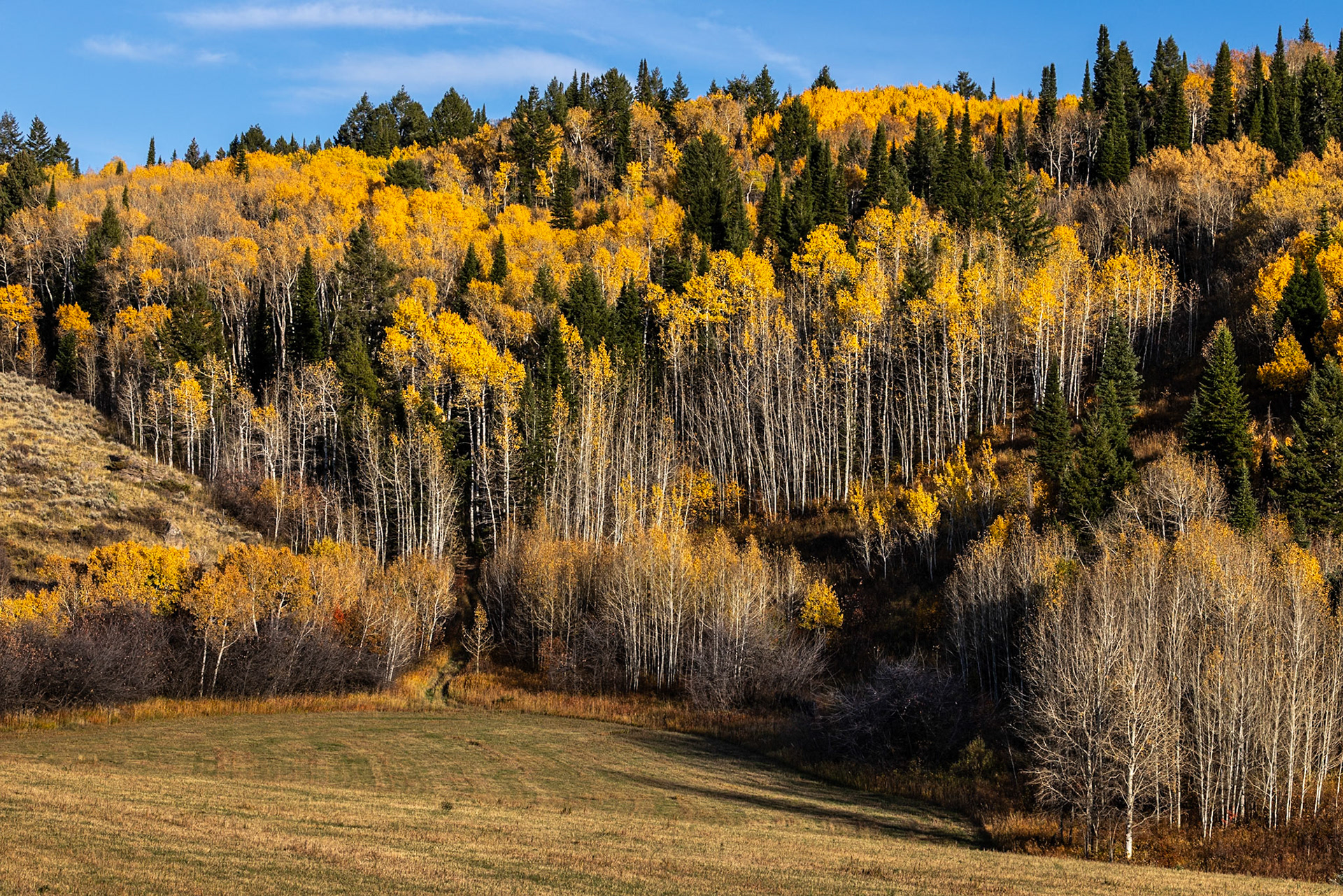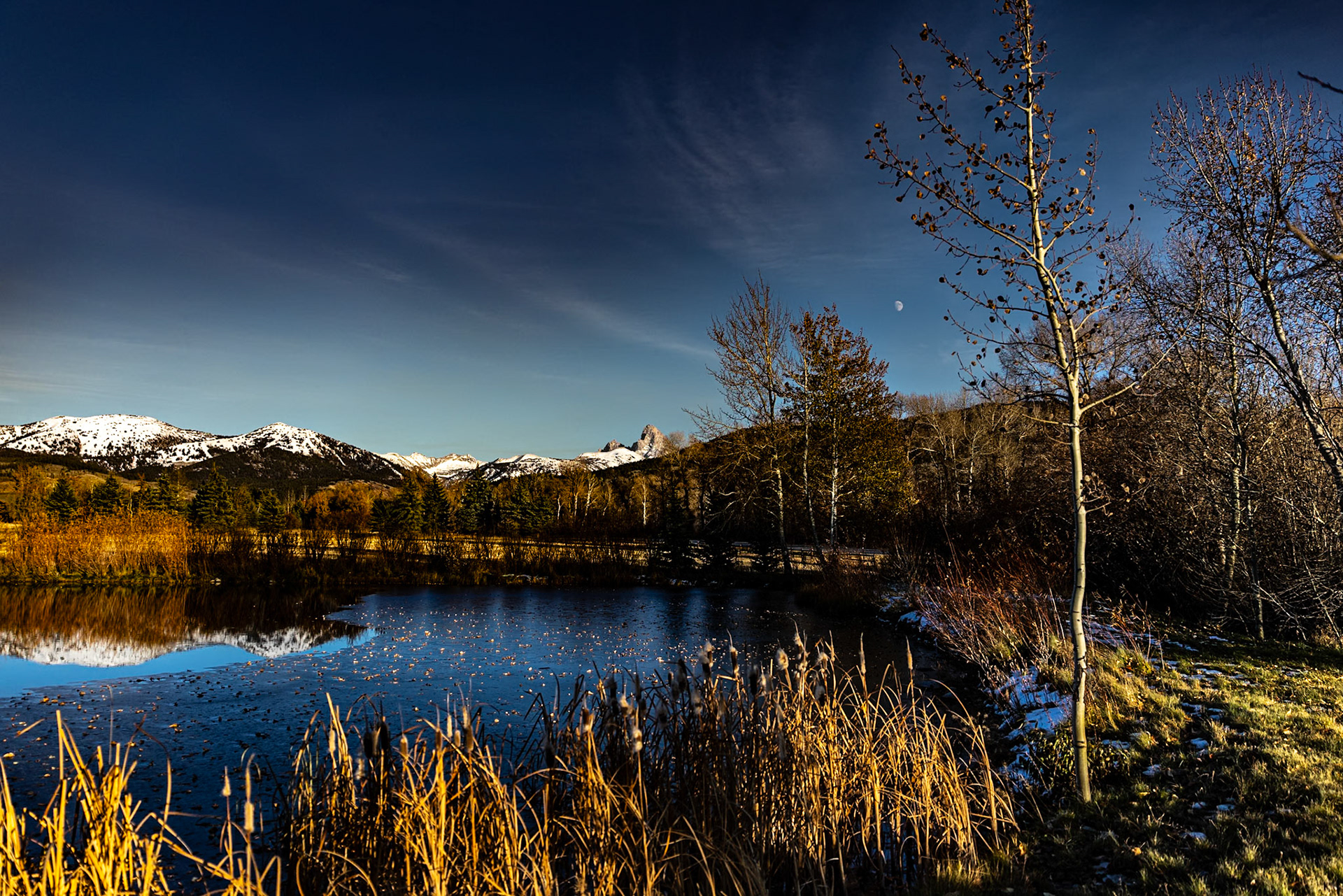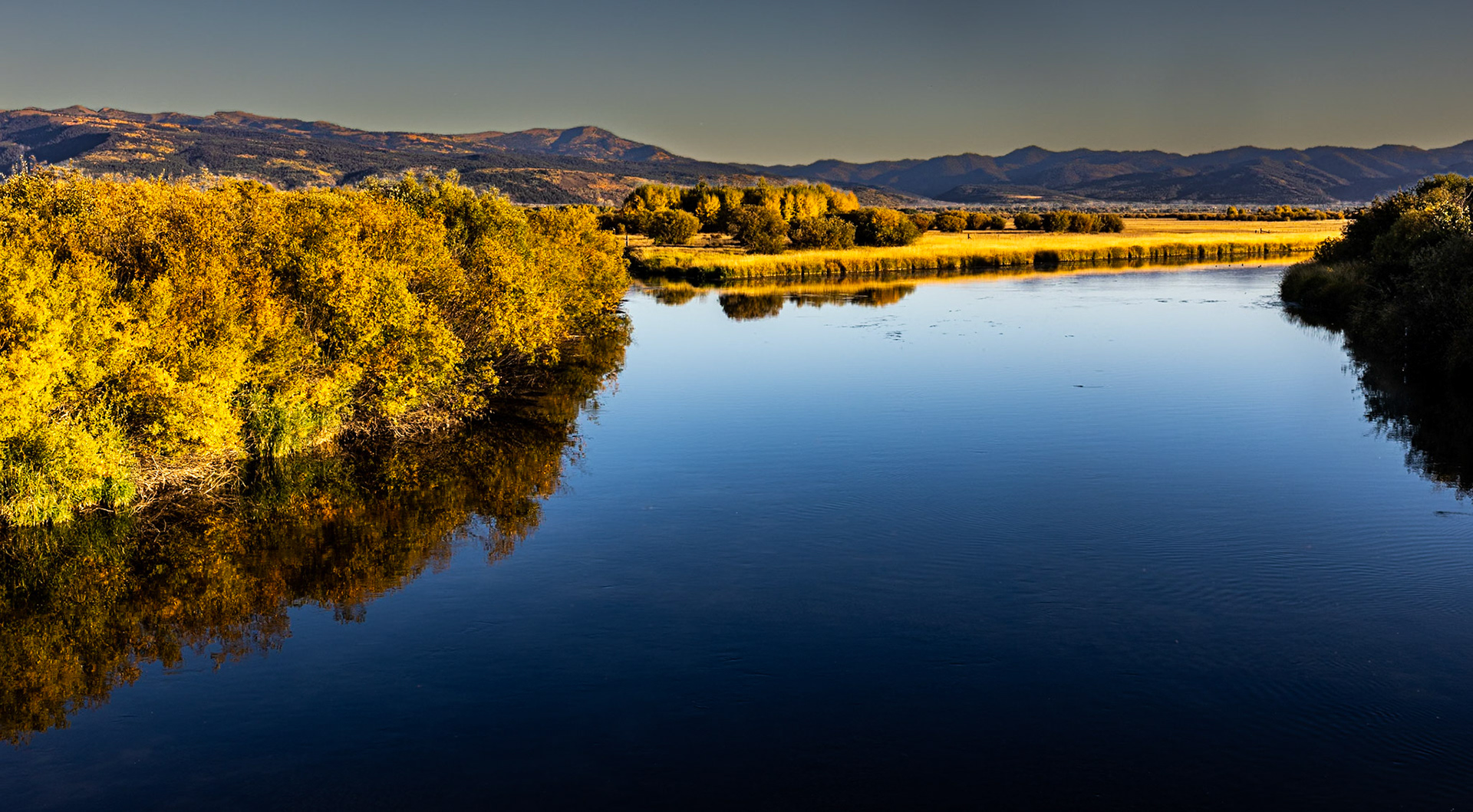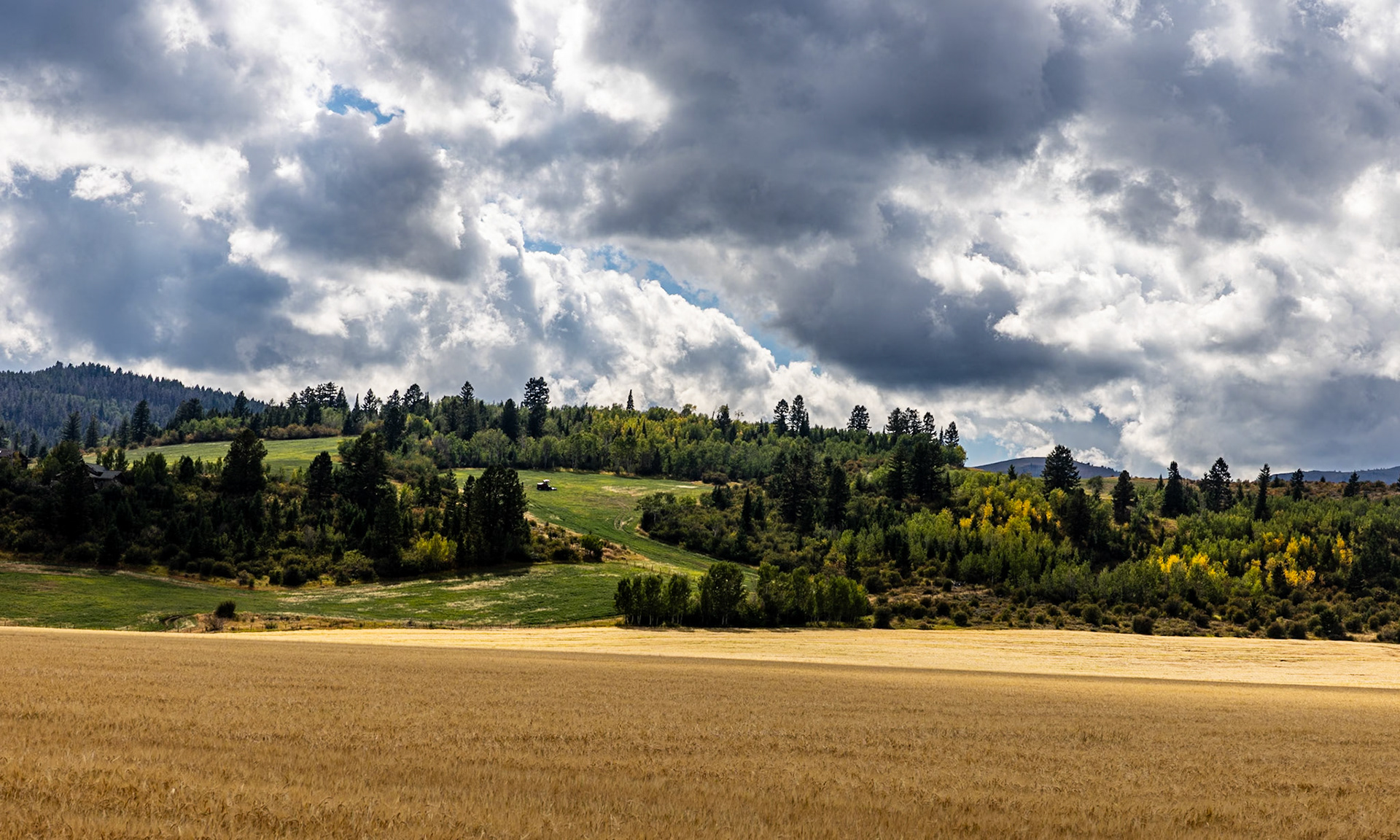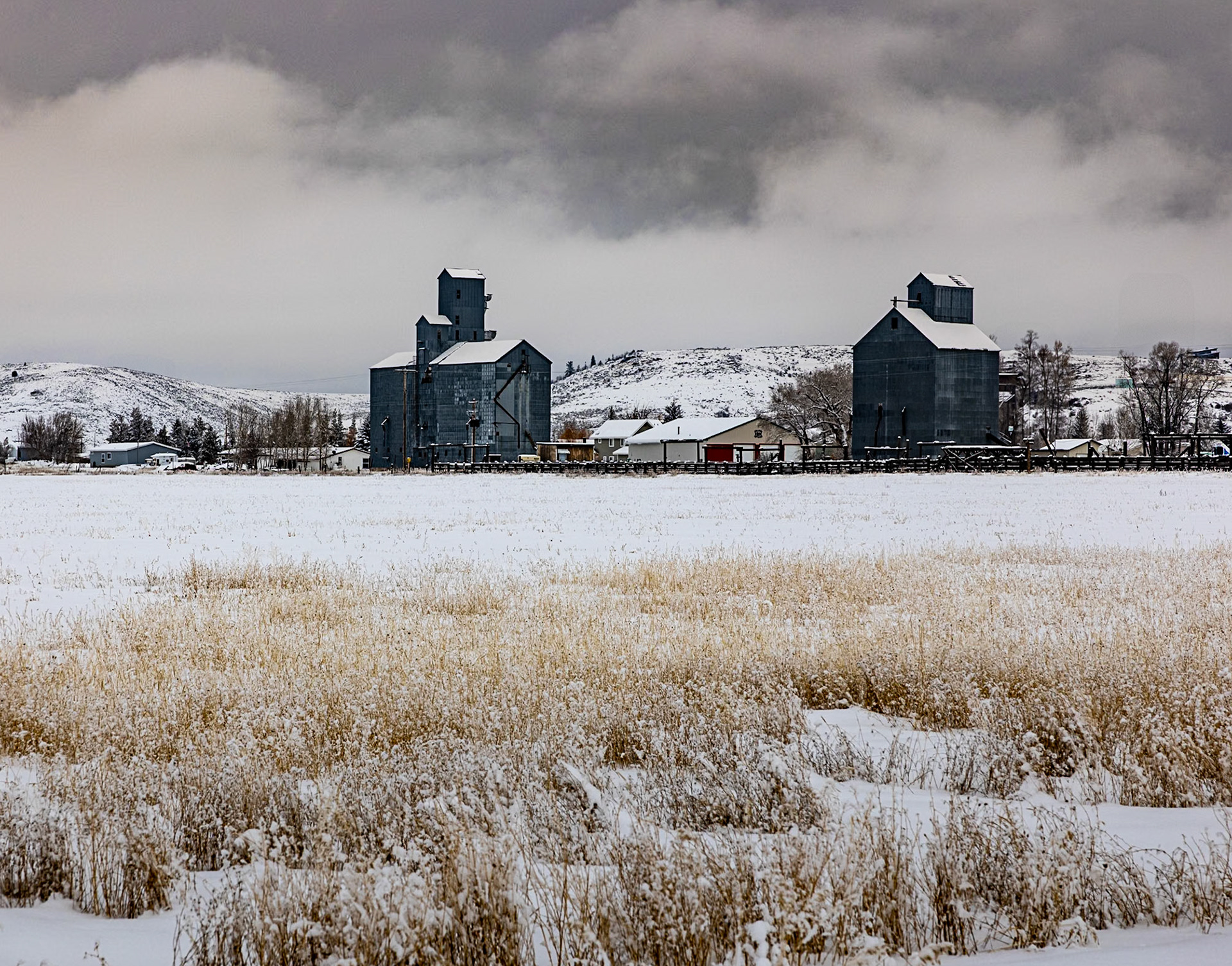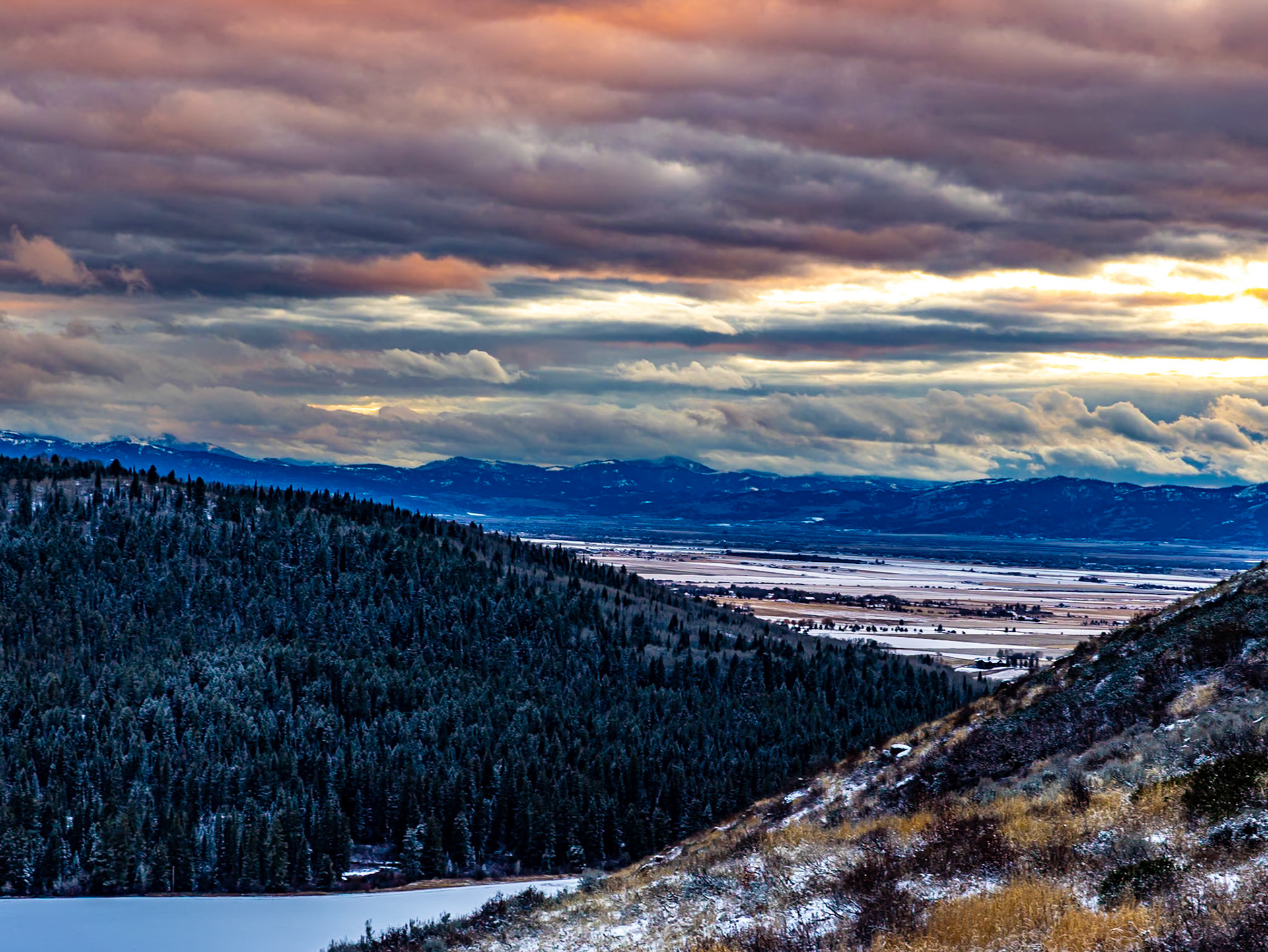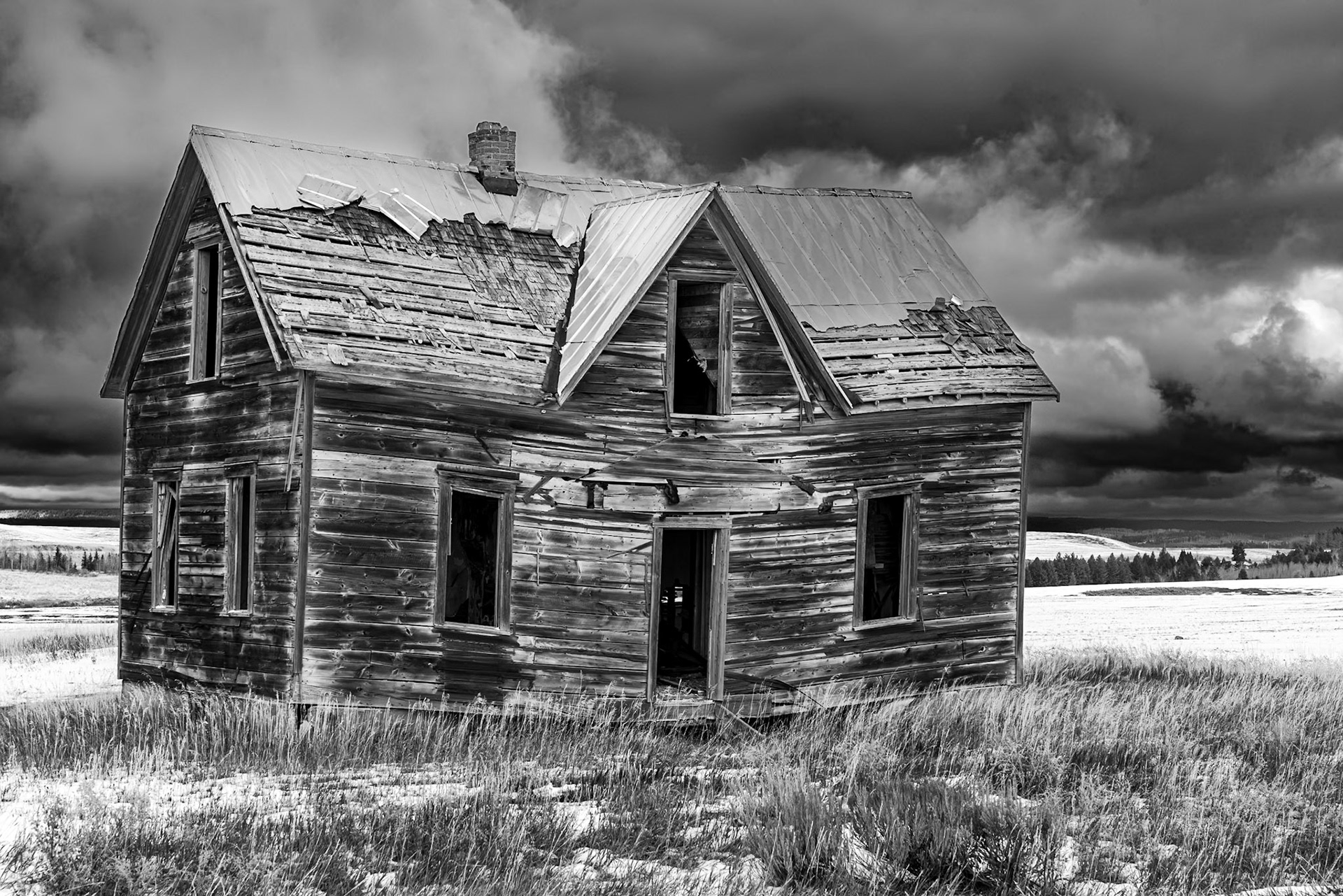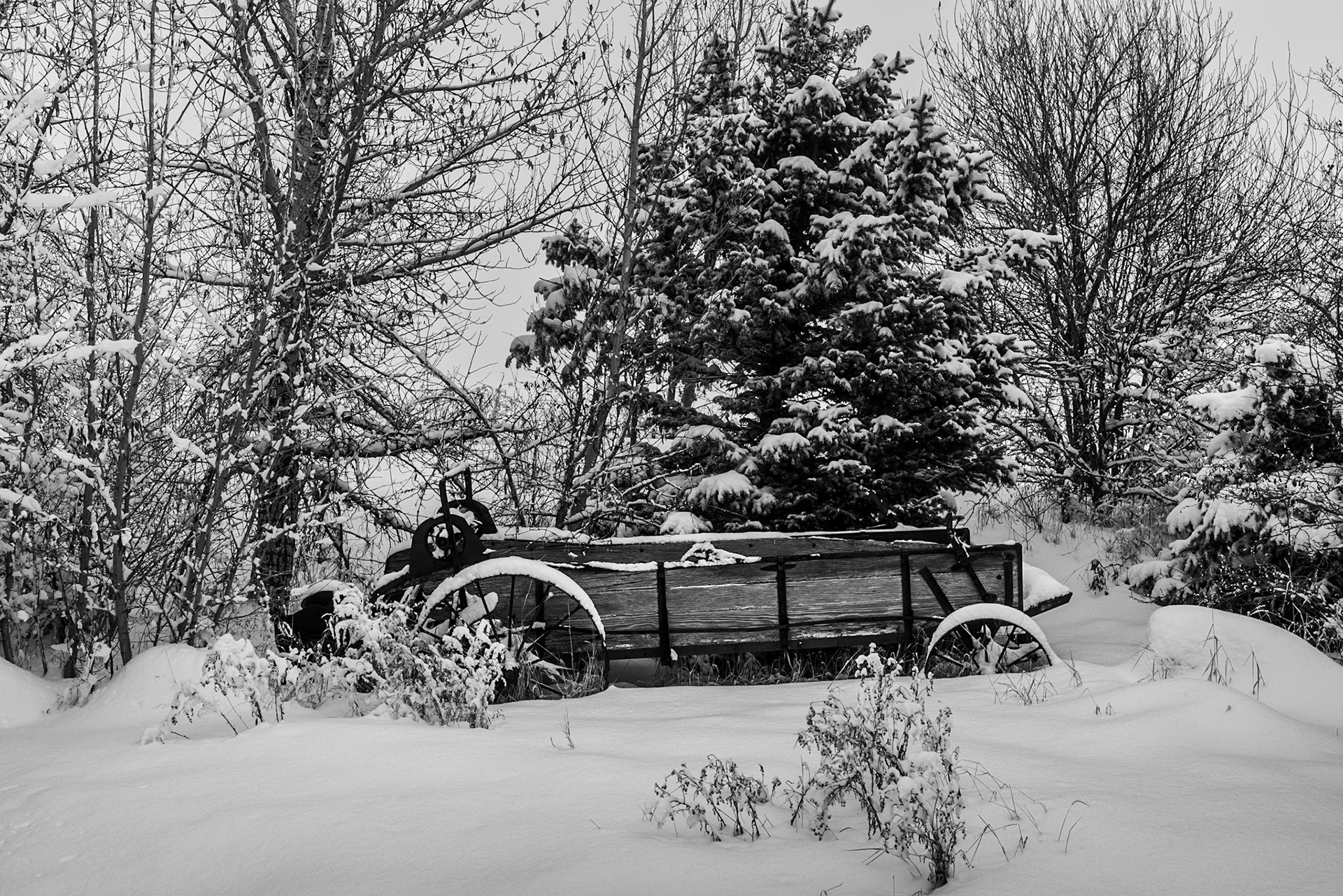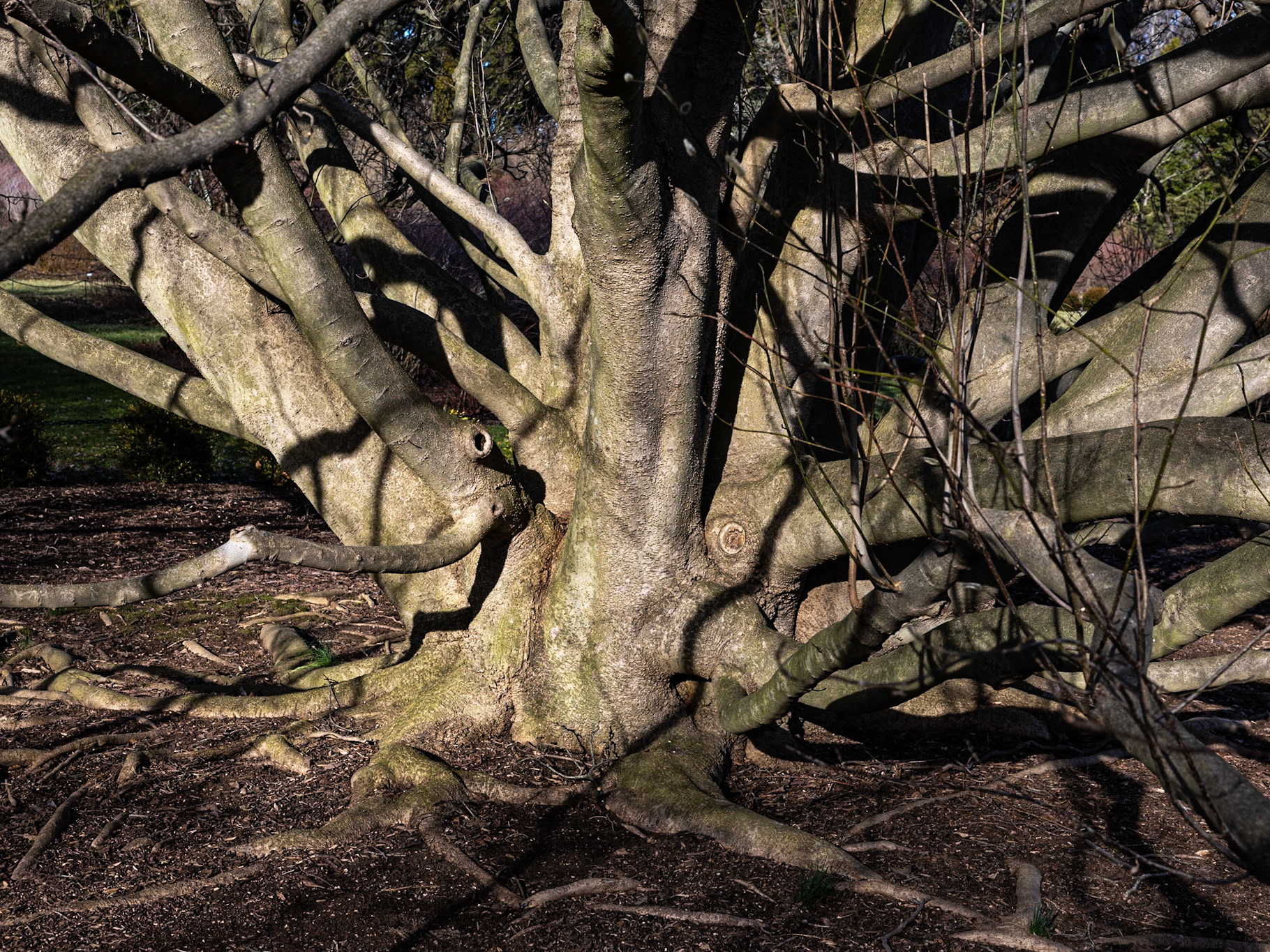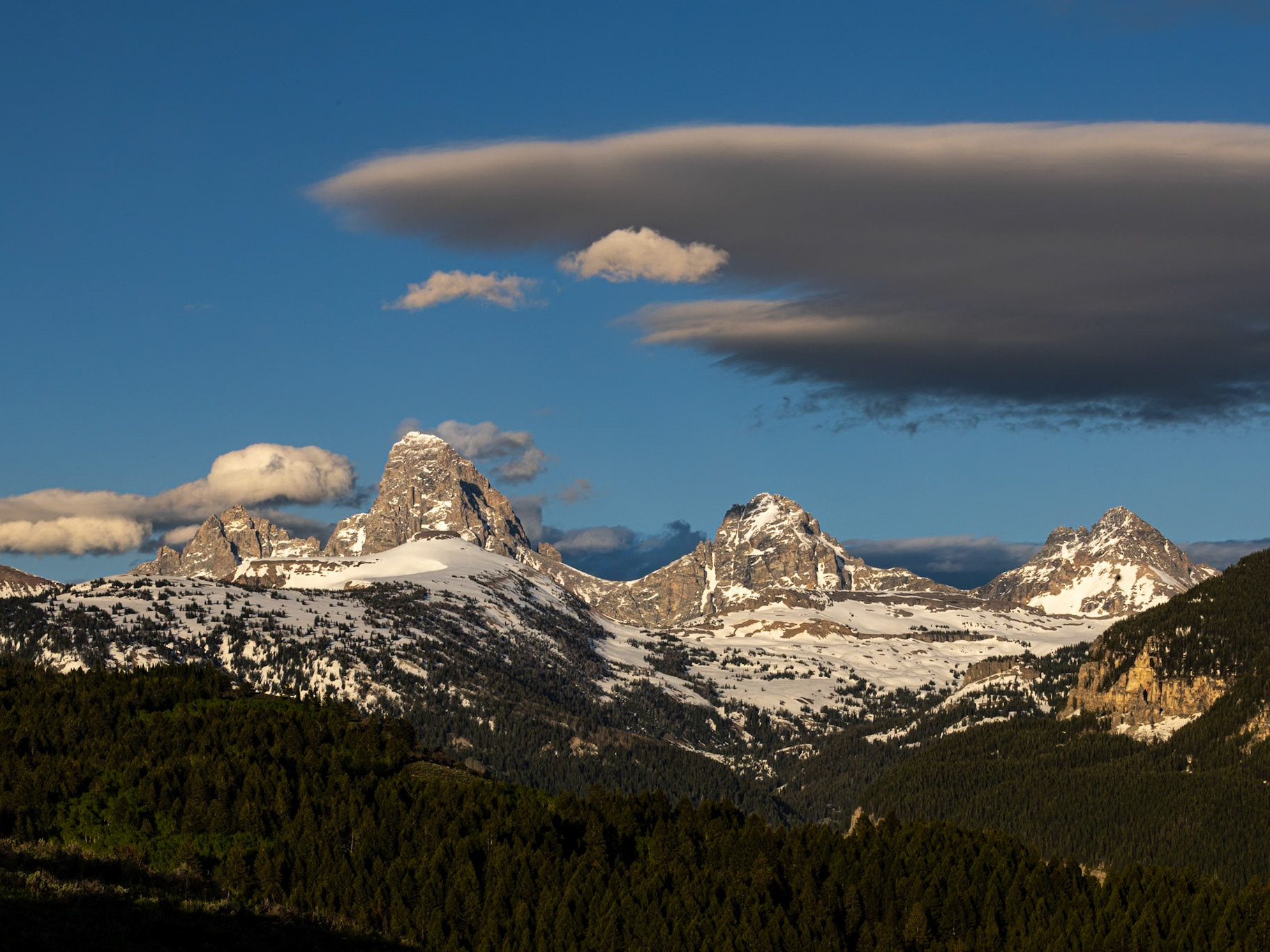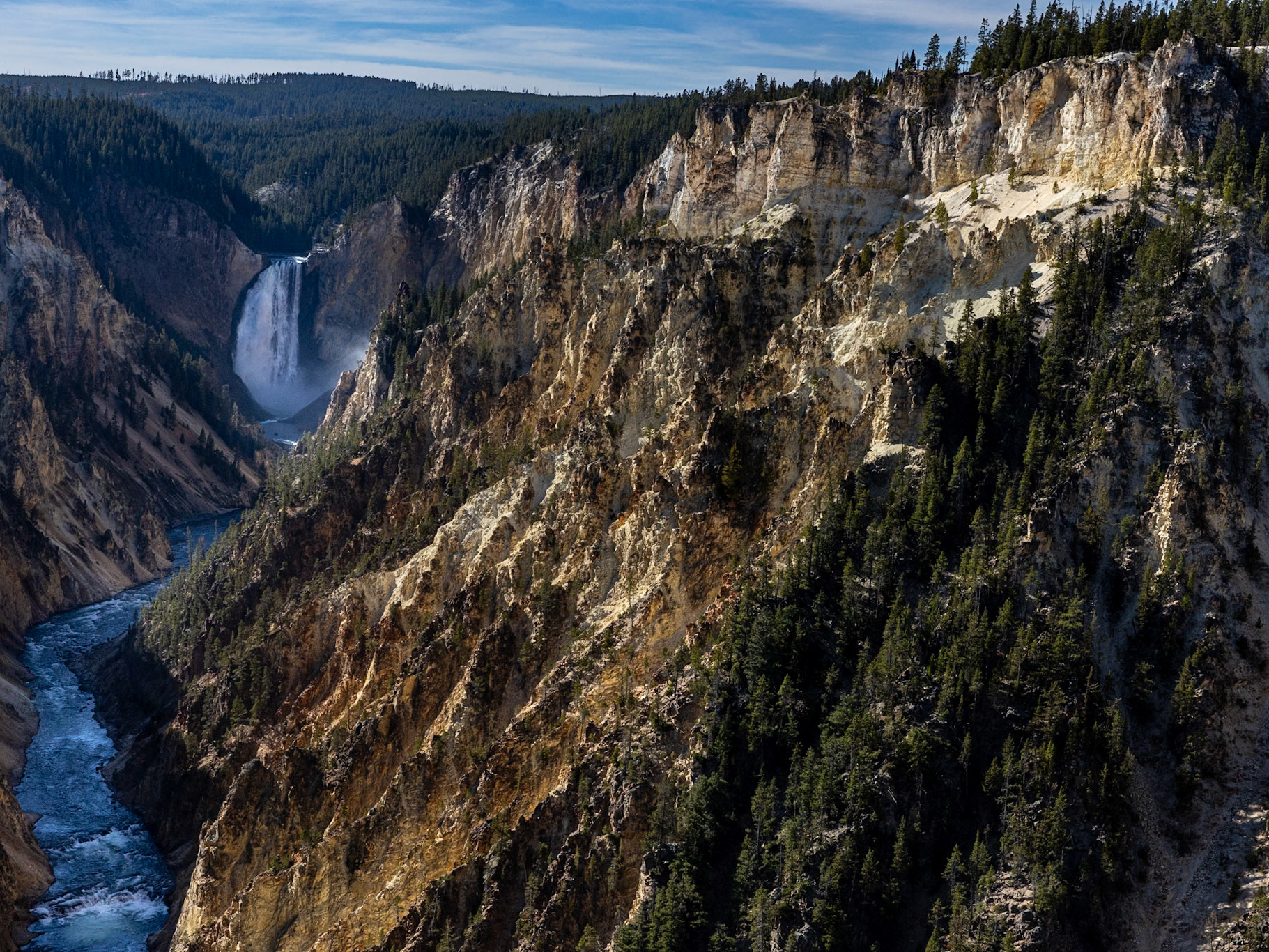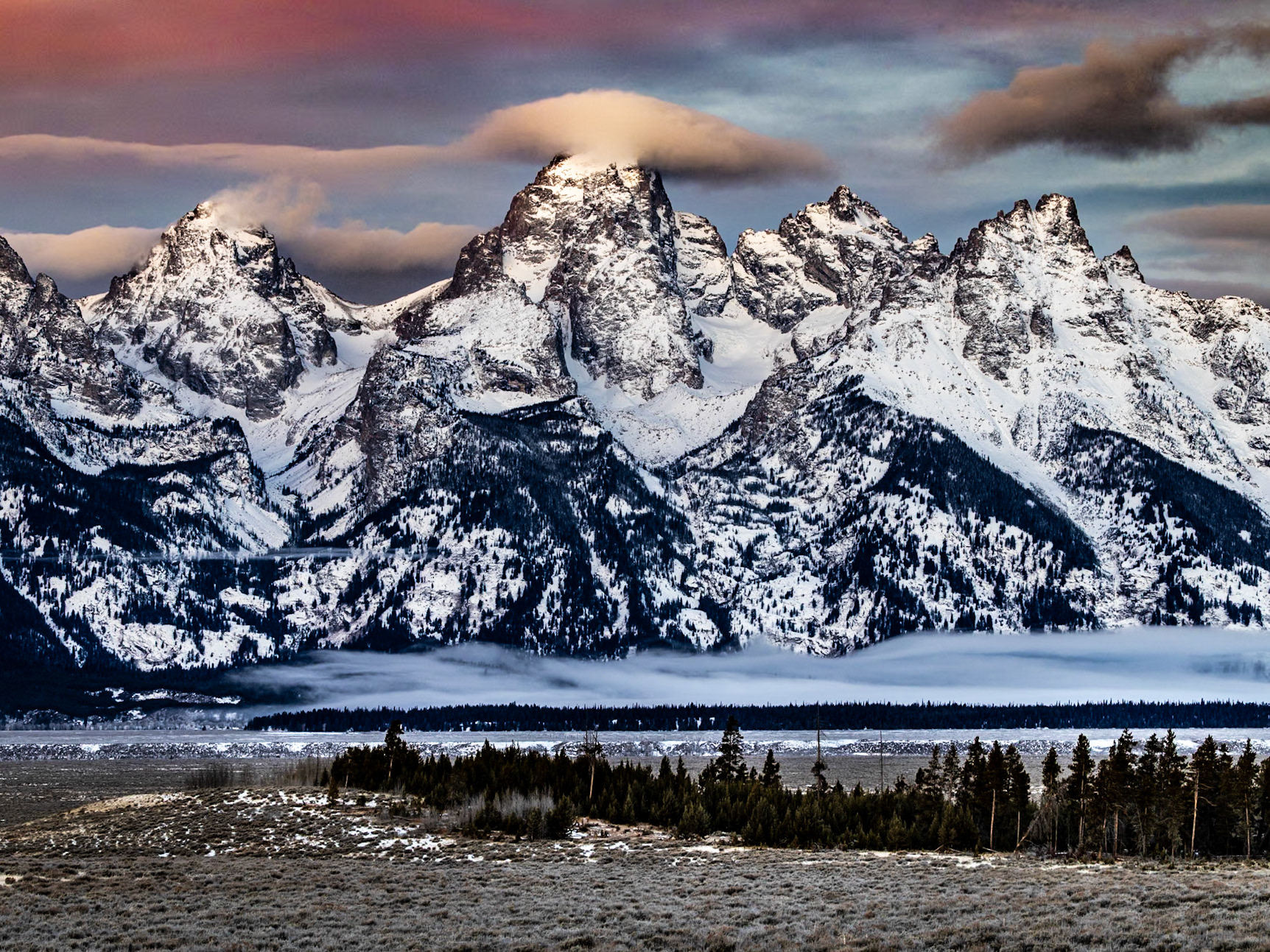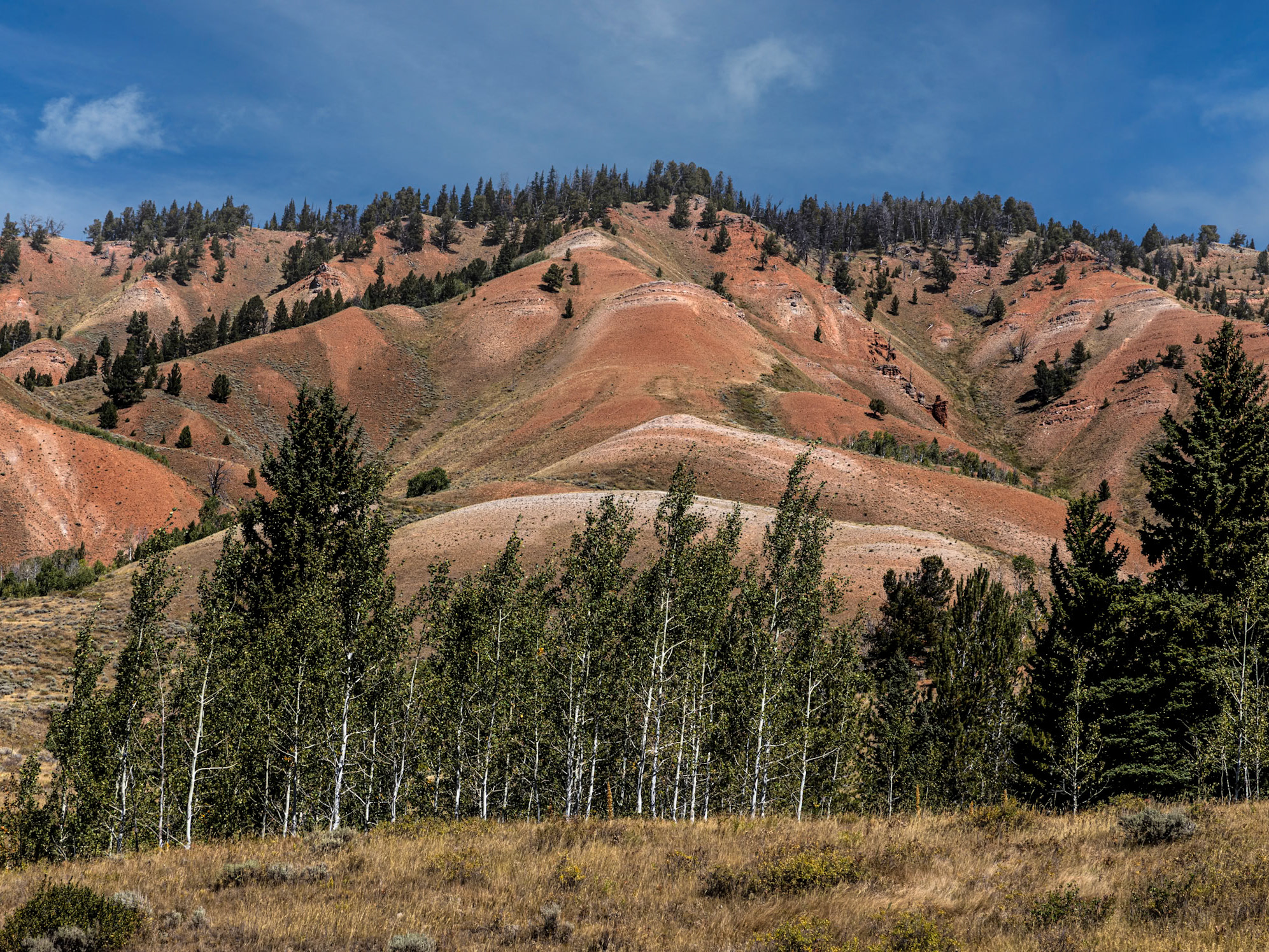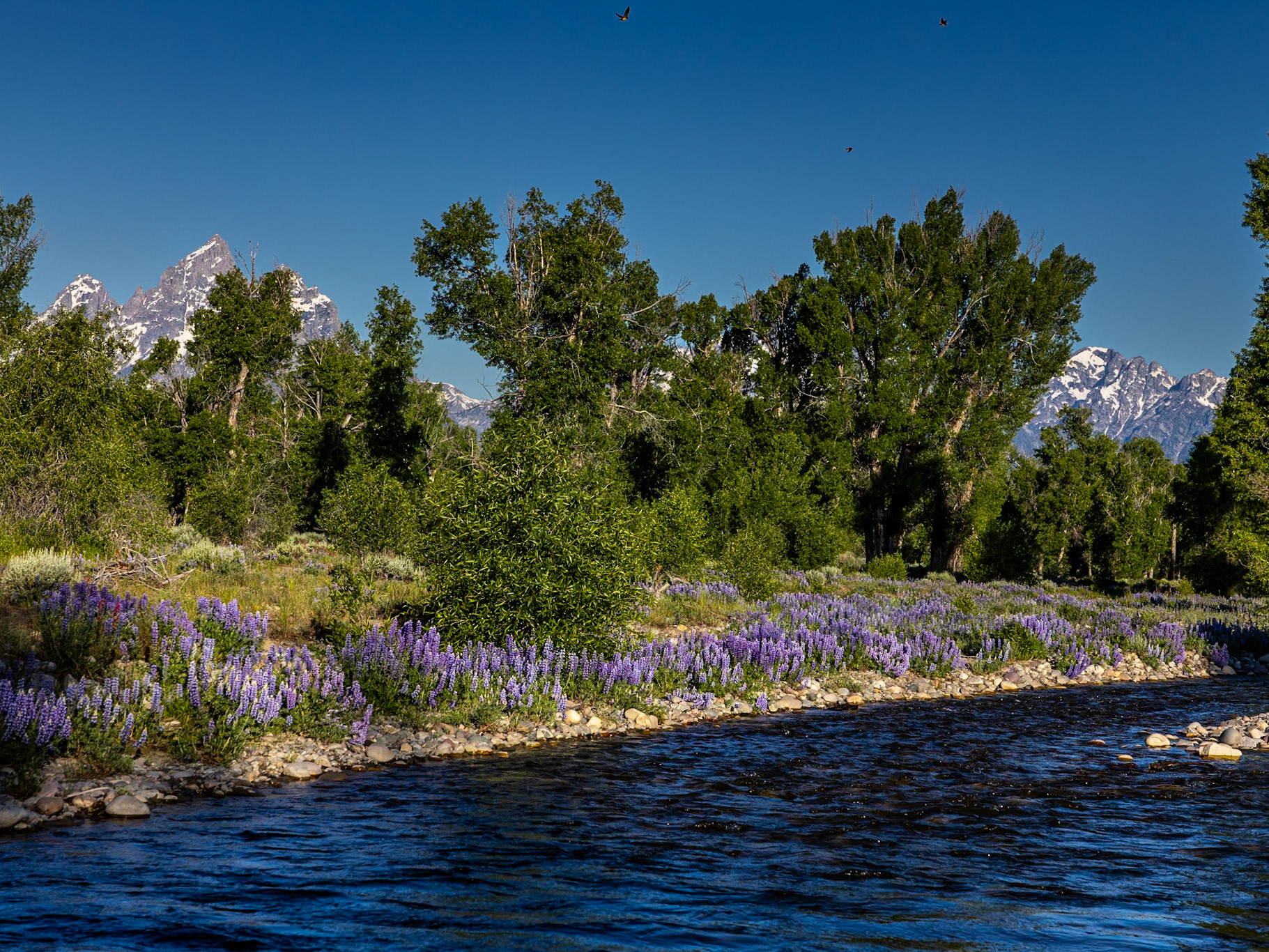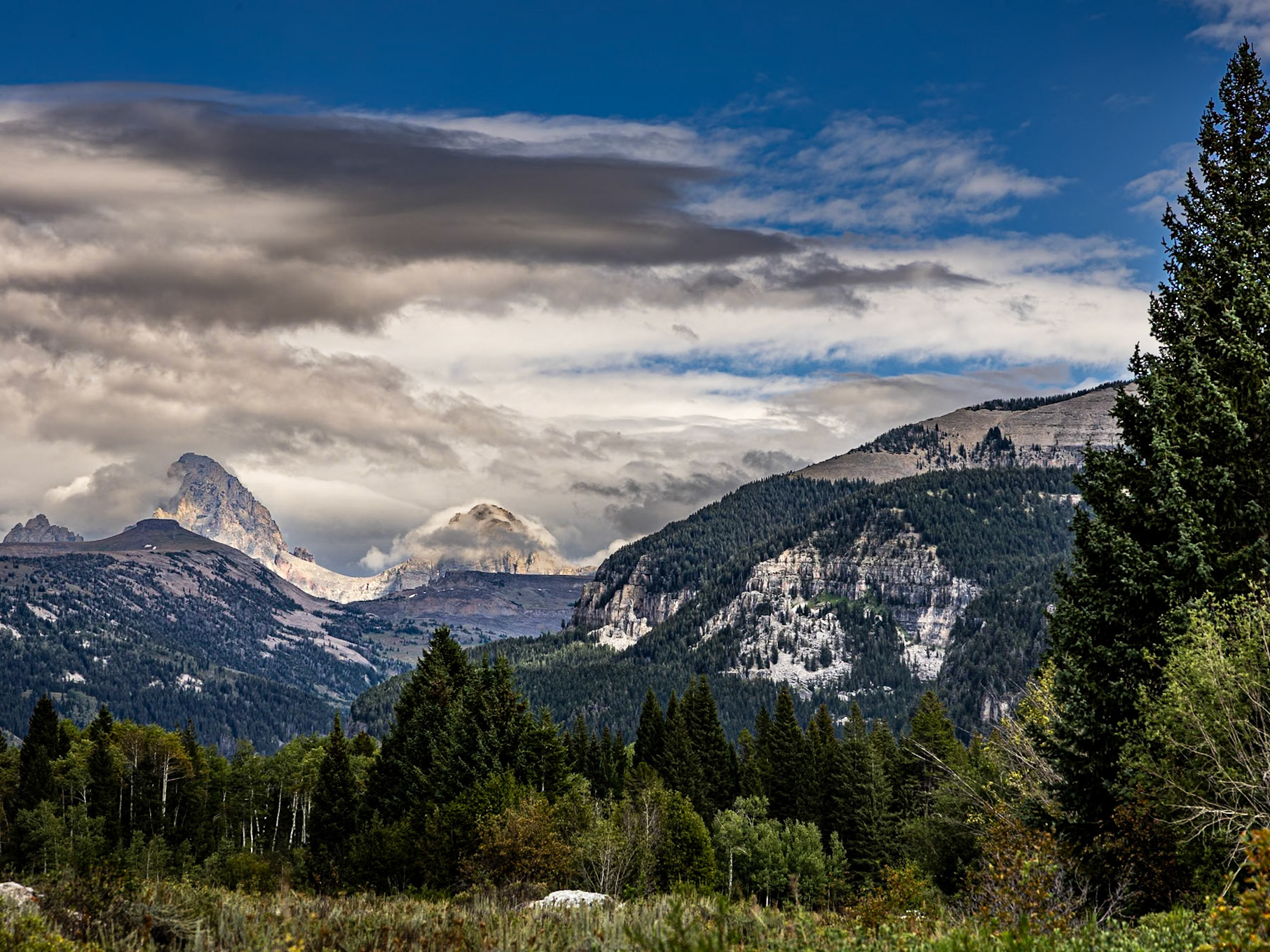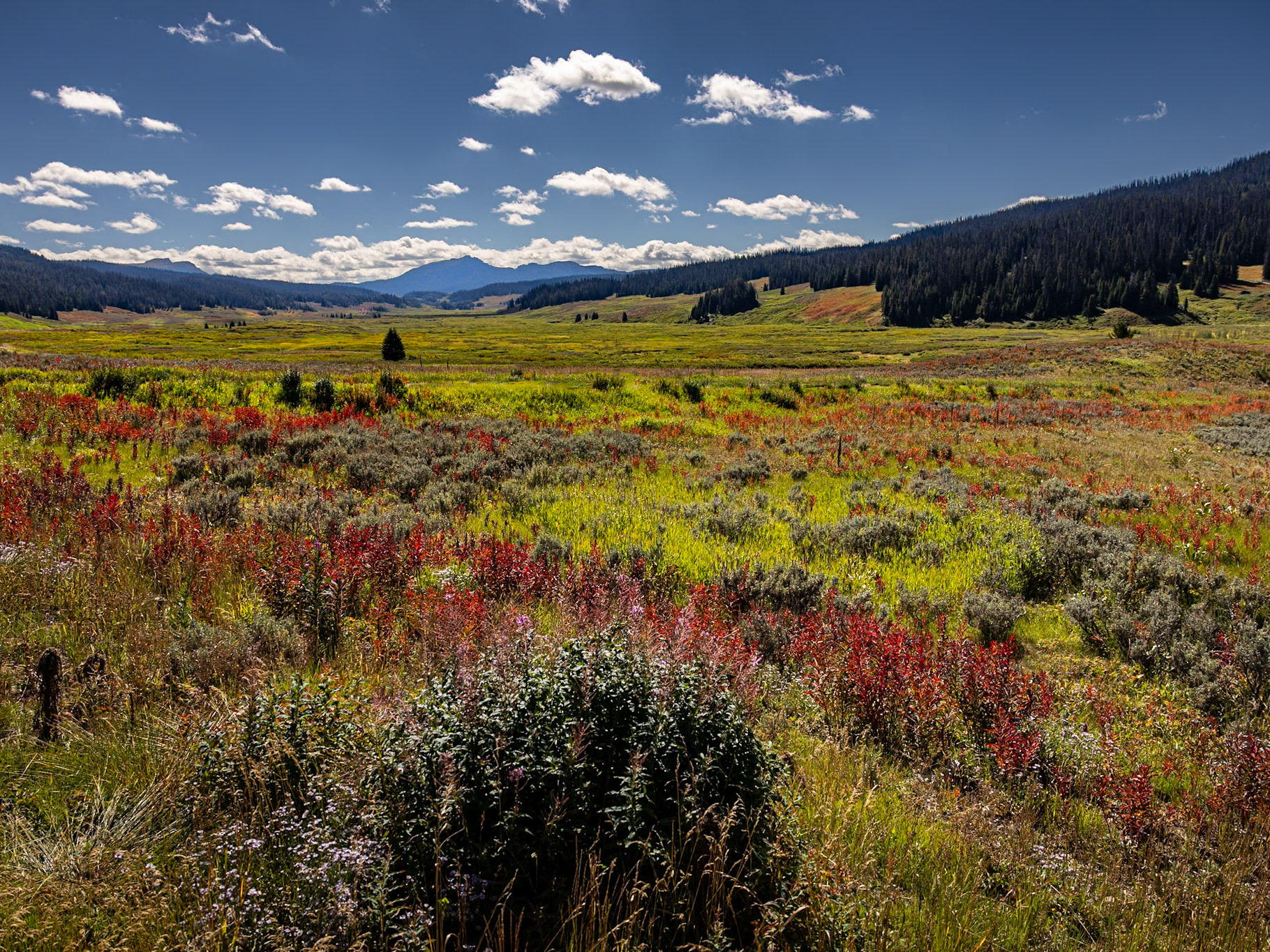Teton Valley -- a.k.a. Teton Basin -- is located in Eastern Idaho just below the west slope of the Teton Mountain Range. Once known as "Pierre's Hole," the valley is surrounded by mountain ranges -- to the east the Tetons, to the west the Big Hole Mountains, to the south the Snake River Range, and in the distance to the North the Centennial Mountains and the rim of Henry's Fork Caldera framing the gateway to Montana. Teton Valley and Jackson Hole (the valley) are like twin sisters conjoined by the spine of the Teton Mountain range. Although they share many similarities, they are far from identical. Teton Valley remains largely dedicated to agriculture and is characterized by a quiet, laid back nature. The towns are small and the people are friendly. Music from the 80's and 90's is most likely playing in the shops and restaurants. While not as bustling and crowded as Jackson Hole, Teton Valley is still home to some of the best skiing, hiking, mountain biking, and fly fishing in the West.
As a source of inspiration for photography, Teton Valley offers spectacular panoramic views with ever changing colors. The Teton River meanders slowly through the valley, surrounded by flood plains and willow stands that attract a wide variety of birds and wildlife. The river also contributes to the formation of interesting fog patterns that often fill much of the valley when the air near the ground gets cold. The fog provides endless opportunities for photography, either viewed from above or within as the sun breaks through the low translucent ceiling. The valley is regularly entertained by dramatic light shows as the sun rises over the Tetons and sets over the Big Holes, often accompanied by cloud formations that light up like alien volcanoes.
The seasons provide an ever changing source of interest for photography. Just as you get used to the disappearance of winter's snow, a surprise spring or summer dusting coats the higher ranges with what looks like powder sugar sprinkled on a giant rock pastry. For much of the summer, the rolling fields of gold contrast beautifully with the green forests and mountain backdrops. And then, as summer gives way to fall and the first hints of winter ahead, the valley is surrounded by a golden crown of aspen groves covering the foothills. Even in the depth of winter, when the valley is transformed into a more monochromatic scene, there are endless sources of creativity as the trees show off their bare forms in stark contrast with the snow covered fields and hills.
